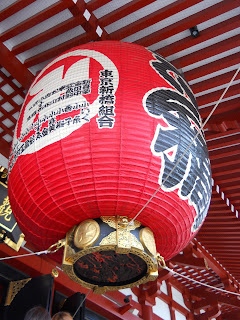Find out whose DNA you have.
Every individual has its own genome, but sequencing an entire genome just to ask whose DNA you have is not practical (at least not in 2011). We can instead just sequence a small region of the genome that is a good representation of the identity of the individual. The region we choose to sequence must be:
1) present in all individuals
2) different in all individuals
For bacteria, the gene encoding the 16S ribosomal RNA (rRNA) is the most commonly used sequence for bacterial identification. The 16S rRNA gene has both sequence found in almost all bacteria as well as sequence found only in a single type of bacteria. These regions are called highly conserved or hypervariable.
For sequence identification, we begin sequencing from the highly conserved region, using DNA primers that match the highly conserved region, and sequence into the hypervariable region.
When we get the 16S ribosomal RNA sequence results back, it is just a DNA sequence -- not human readable. We can, however, match this sequence to known sequences in a DNA database. The National Institute of Health maintains such a database (http://www.ncbi.nlm.nih.gov/guide/) and the program that does the sequence matching is called BLAST.
Here's an example of a sequence match:
 |
| BLAST results |
This 442 base pair sequence matches perfectly to Pseudomonas trivialis.
Hakone, an area formed by an ancient volcano, now a popular hotspring area!
 |
| cable car overlooking Lake Ashi |
 |
| ancient volcano, Mt. Hakone |
 |
| sulfurous fumes from Mt. Hakone |
 |
| sulfur mine at Mt. Hakone |
 |
| eggs being cooked in hot, sulfurous water |
 |
| kuro tamago (black egg) after cooking |











